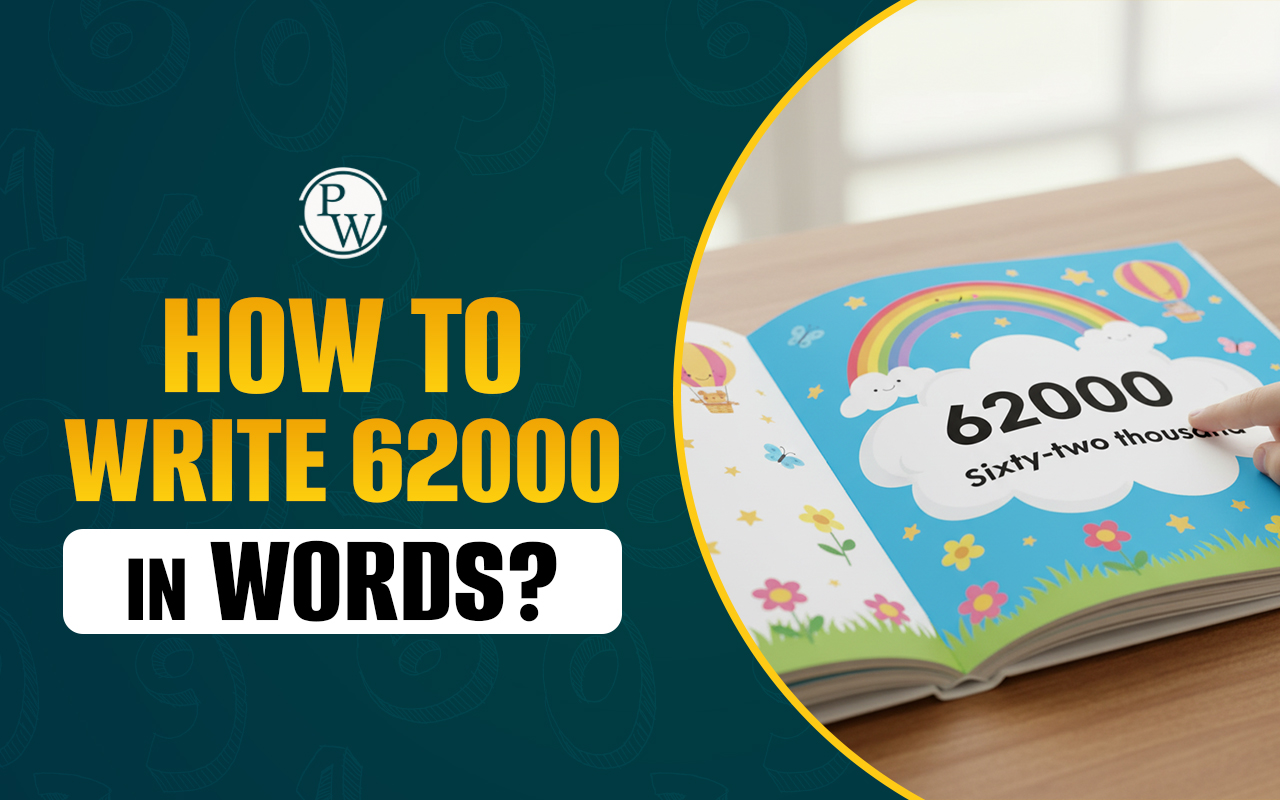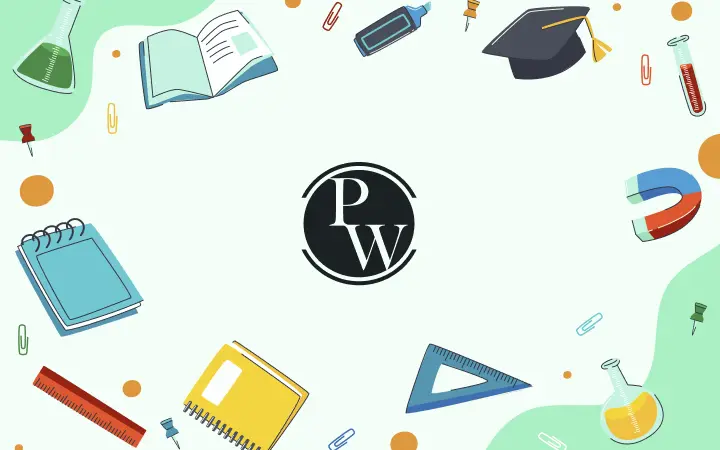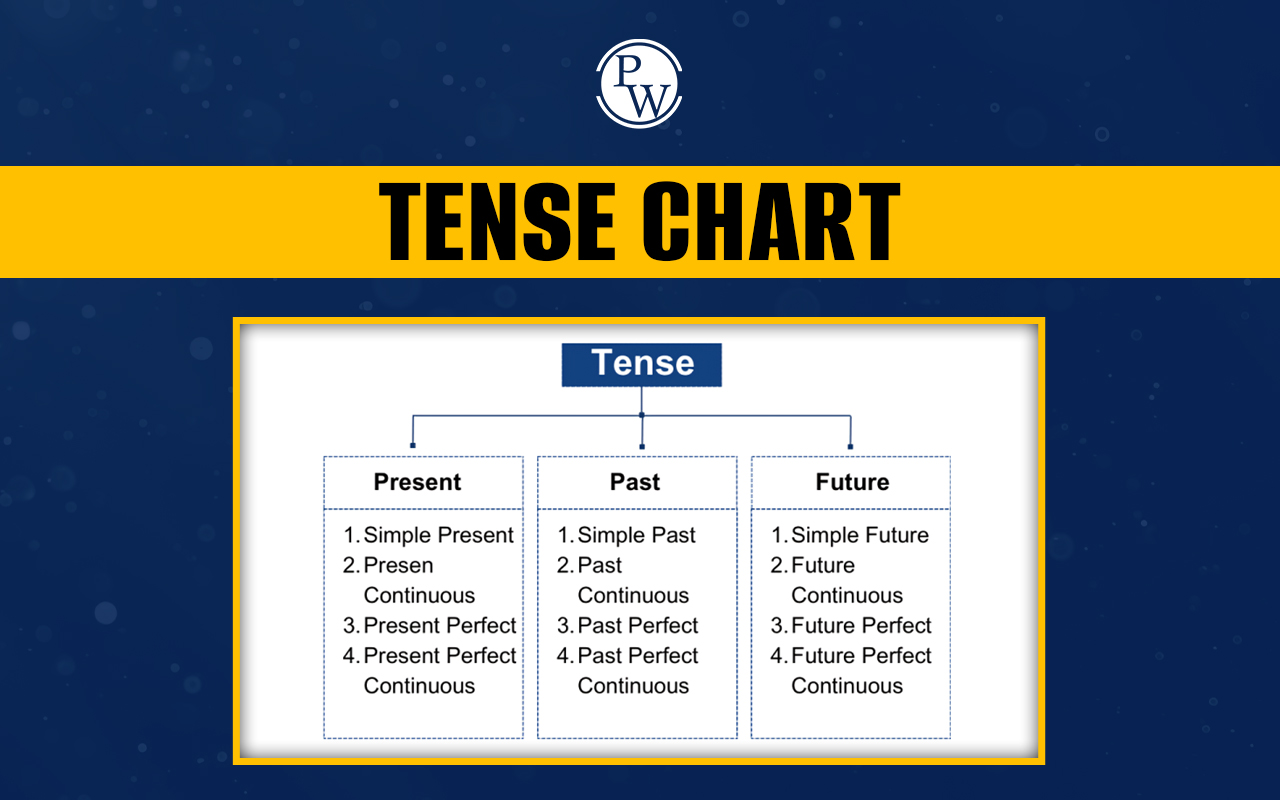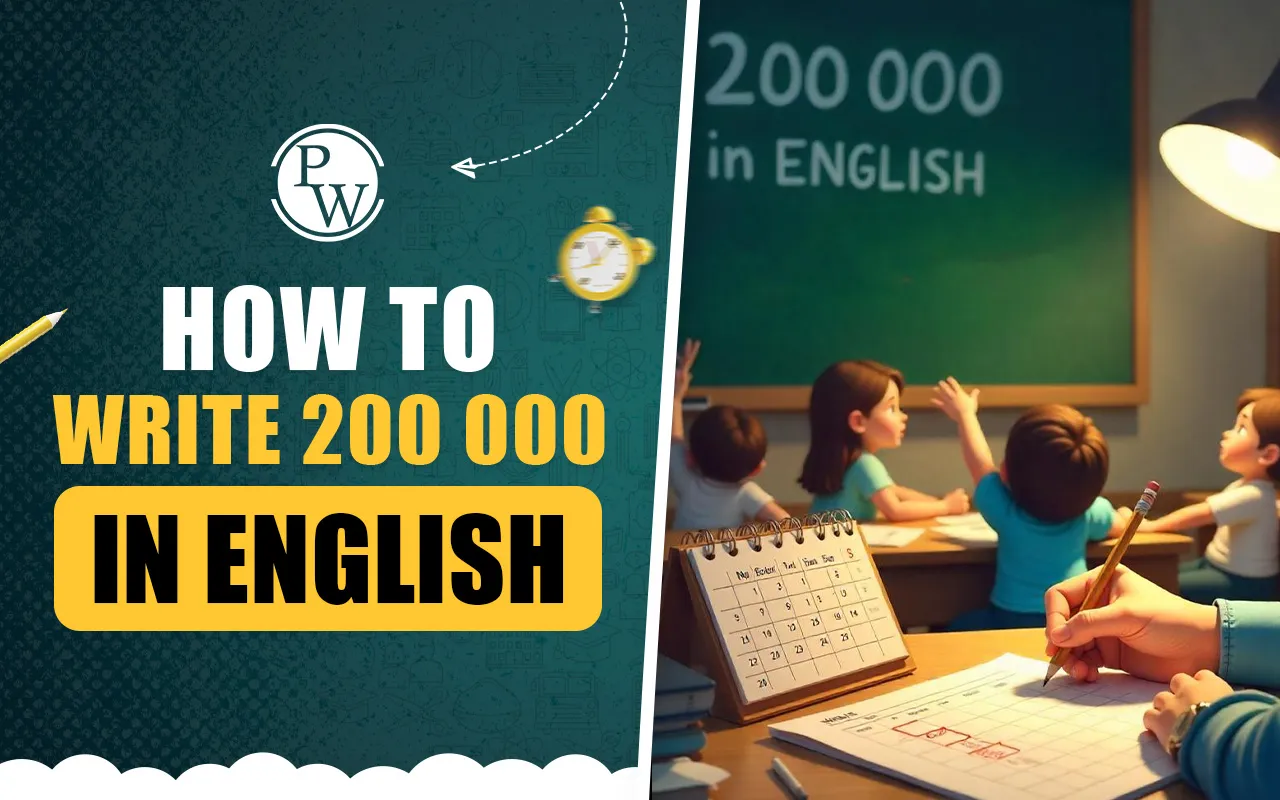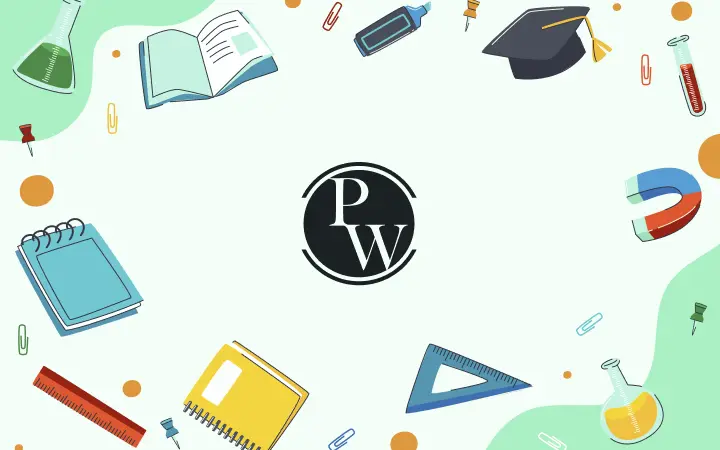
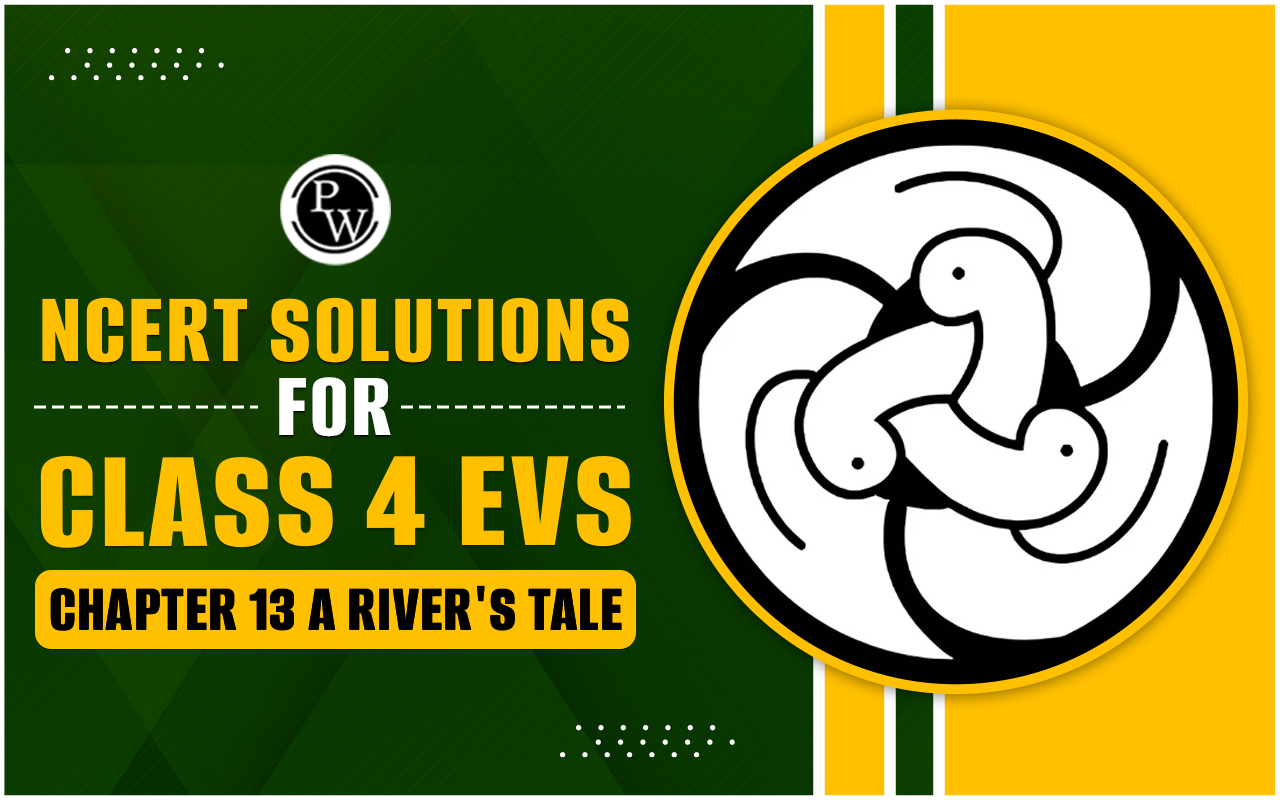
NCERT Solutions for Class 4 EVS Chapter 13: NCERT Solutions for Class 4 EVS Chapter 13 A River's Tale provide a detailed understanding of the life cycle and importance of rivers. This chapter explores the journey of a river from its origin in the mountains to its journey through various landscapes and ultimately its convergence with the sea.
The solutions guide students through detailed answers to questions about the river's significance for both the environment and human life, including how rivers support ecosystems and communities. By working through these solutions, students gain insights into the vital role rivers play in sustaining life and learn to appreciate the natural world around them.NCERT Solutions for Class 4 EVS Chapter 13 A River's Tale Overview
NCERT Solutions for Class 4 EVS Chapter 13 A River's Tale prepared by subject experts of Physics Wallah. These solutions provide clear and thorough explanations of the river's journey from its source to its destination, highlighting its importance to both nature and human life. They cover key topics such as the river's role in supporting various ecosystems, its impact on agriculture and settlements, and the challenges faced by rivers in different regions. By following these expertly prepared solutions, students gain a deeper understanding of how rivers sustain life and contribute to the environment, enhancing their grasp of the chapter’s concepts and fostering a greater appreciation for natural resources.Related links-
NCERT Solutions for Class 4 EVS Chapter 13 A River's Tale PDF
The PDF for NCERT Solutions for Class 4 EVS Chapter 13, "A River's Tale," is available below. This resource provides comprehensive solutions and detailed explanations for the chapter, helping students understand the river's journey and its significance. For easy access, download the PDF through the provided link to enhance your understanding and effectively review the chapter.NCERT Solutions for Class 4 EVS Chapter 13 A River's Tale PDF
NCERT Solutions for Class 4 EVS Chapter 13 A River's Tale
Here, we have provided NCERT Solutions for Class 4 EVS Chapter 13 A River's Tale to help students prepare more effectively for their exams.NCERT Solutions for Class 4 EVS Chapter 13 A River's Tale Page No. – 106
1. Look carefully at the picture of the river. Read the words given below.
Boat, flowing water, blue, fish, water-plants, river, foul smell, big ship, oil, river banks, factories, washing clothes, animals, other work, change, city.
Use these words to make a story. Give a title to your story also.

Answer-
Once upon a time, there was a river with clear blue water, teeming with fish and surrounded by lush water plants that provided a perfect habitat for aquatic life. However, the river's tranquility was disrupted when a factory was established nearby, leading to the rapid growth of a city. The factory's operations relied heavily on the river for transporting goods via large ships. Over time, the river became polluted as oil spills and industrial effluents were released into its waters. People from the surrounding cities bathed their animals and washed their clothes in the river, further contaminating it. The once-pristine river became foul-smelling and filthy, losing its clear blue charm and becoming a shadow of its former self.NCERT Solutions for Class 4 EVS Chapter 13 A River's Tale Page No. – 107
Look at the pictures and answer the following questions.
1. What is the colour of the river where it begins?
Answer-
Water itself is colorless. However, when observed in a river from a distance, it often appears bluish. This bluish tint is due to the way water absorbs and scatters light. Water absorbs colors at the red end of the spectrum more efficiently than those at the blue end. As a result, the blue wavelengths are scattered and reflected back to our eyes, giving the river its characteristic blue hue. The depth of the water and the angle of the sunlight can also influence this perception, making it appear even more vibrant.2. At some places, there are many fish in the river, at others, there are only a few and at some places, there are dead fish. What could be the reason for this? Discuss.
Answer-
Aquatic animals, such as fish, rely on clean, fresh water to thrive. In regions where rivers are free from pollution, a diverse range of fish and other aquatic life can flourish. However, when factories and domestic sources discharge waste into rivers, the water becomes contaminated. This pollution can severely harm aquatic ecosystems, leading to the death of fish and water plants. Pollutants disrupt the balance of oxygen and nutrients in the water, making it uninhabitable for many species and ultimately damaging the health of the entire aquatic environment.3. What can be seen in the river before it reaches the village?
Answer-
A large number of fish can often be seen in the river before it reaches the village. This is because the water in that part of the river is usually cleaner and provides a more suitable habitat for aquatic life. The presence of healthy water plants and fewer pollutants supports a thriving ecosystem, allowing fish to live and reproduce in a balanced environment. As the river approaches the village, however, the quality of the water may deteriorate due to pollution from various sources, impacting the fish population and overall health of the river.4. At which places did the colour of the water in the river change? Why did this happen? Discuss.
Answer-
The color of the water in the river changed near towns and villages due to pollution caused by waste disposal. As people threw their garbage, chemicals, and other pollutants into the river, the water became contaminated. This pollution altered the water’s color, often making it murky or discolored compared to the clearer water found upstream. The introduction of pollutants disrupts the natural balance of the river, affecting its appearance and quality, and harming the aquatic life that depends on clean water to thrive.5. Which of the places shown in the picture would you like to live in? Why?
Answer-
That sounds like a beautiful and serene place to live! Being close to the source of a river, where the water is clean and surrounded by lush trees, offers a peaceful environment and a strong connection to nature. It’s ideal for enjoying a healthy lifestyle and appreciating the beauty of the natural world.6. Would you like to change any of the things that you see in the picture? Why and how?
Answer-
Removing waste from the water and riverbank is crucial for preventing pollution and preserving the health of aquatic ecosystems. By addressing these issues, you help maintain the river's cleanliness, protect aquatic life, and ensure that the environment remains beautiful and healthy for everyone.7. Have you seen people throwing different things into rivers or water bodies?
Answer-
8. What could be done to keep rivers clean? Discuss.
Answer-
People living near riverbanks should avoid bathing animals and washing clothes in the river to prevent further pollution. It is important to stop the disposal of industrial waste and sewage directly into rivers. Implementing treatment plants to properly process and remove chemicals and other contaminants before releasing water back into the river is essential for maintaining the river’s health. These measures will help preserve the water quality, protect aquatic life, and ensure that the river remains a clean and vital resource for communities and ecosystems.NCERT Solutions for Class 4 EVS Chapter 13 A River's Tale Page No. – 108
1. If you wanted to drink some water, from which part of the river would you like to drink? Why?
Answer-
Drinking water from the source of a river can be a refreshing and pure experience, as the water there is often less contaminated and closer to its natural state. At the river's source, the water is typically clean and free from pollutants that accumulate downstream. However, it's always a good practice to ensure that any natural source of water is tested for safety before consumption to avoid any potential health risks.2. In the last part of the picture, the river flows into the sea. Have you ever seen the sea? Where? In a movie, or somewhere else?

Answer-
Yes, I have seen the sea. I have seen it in movies also. I once saw the sea when I went to Tamil Nadu.3. Have you ever been near a river or sea? When?
Answer-
There is a river in my native, and I visit it when I go there. I saw a sea during my visit to Tamil Nadu.4. Show with your hands, how the waves in the sea move.
Answer-
Should be done by the students.5. Is the water from the sea drinkable? Why?
Answer-
The water from the sea is not drinkable, as it is saline.NCERT Solutions for Class 4 EVS Chapter 13 A River's Tale Page No. – 109
7. Will there be the same amount of water in the ponds or rivers during the rainy season and in summer?
Answer-
No, the amount of water in ponds or rivers will not be the same during the rainy season and summer.Rainy Season: During this time, increased rainfall causes water levels in ponds and rivers to rise. The extra water from rain and runoff contributes to higher water levels, often leading to overflowing.
Summer: In summer, the water levels typically decrease due to lower rainfall, higher evaporation rates, and increased water consumption. Ponds and rivers may experience reduced water levels compared to the rainy season.
8. Is there a pond, river or lake near your town or city?
Answer-
Yes, there is a pond near my city.NCERT Solutions for Class 4 EVS Chapter 13 A River's Tale Page No. – 109
Find out.
1. Are there any changes in the water during summers, the rainy season and in winters?
Answer-
2. What are the different kinds of water animals found there?
Answer-
The different kinds of water animals found in the pond, such as various fish species, may include Katla and Rohu, among others. These fish come in various sizes and play important roles in the aquatic ecosystem. Katla and Rohu are popular freshwater fish known for their significance in local fisheries and their adaptability to different water conditions.3. What kind of trees and plants grow around it?
Answer-
Thick trees, bushy plants and grasses grow around it.4. What are the kinds of birds that come there?
Answer-
Crow, Swan, etc., are the kinds of birds that come there.5. Have you ever seen or read about floods? Where?
Answer-
Yes. I have read about floods which occurred in Uttarakhand.6. What happens when there is a flood?
Answer-
During a flood, railway tracks, roads, houses, and other infrastructure can become inundated with water. This can lead to significant damage, disruption of transportation, and displacement of people. Flooding often causes widespread property damage and can severely impact daily life and local economies.7. Have you seen dirty water in a river or pond? Where?
Answer-
Yes, I have seen dirty water in both a river and in ponds in my native area. The water was polluted due to various factors such as waste disposal and lack of proper sanitation. This pollution affects the quality of water and can harm aquatic life and the environment.8. How would you know if the water is dirty? If the water looks clean, can you be sure that it is alright to drink that water? Discuss.
Answer-
If the water is dirty, it will appear muddy and may have a foul smell. However, even if the water looks clean, it is not always safe to drink. Clear water can still contain harmful bacteria, viruses, and other contaminants that are not visible to the naked eye. Therefore, it is important to ensure that water is properly treated and tested for safety before drinking, regardless of its appearance.NCERT Solutions for Class 4 EVS Chapter 13 A River's Tale Page No. – 110
How does Water become Dirty?
1. From where do you get your drinking water? A river or a lake?
Answer-
I get my drinking water from a river.2. Do you think that like the river in the picture, your river or lake can also be affected?
Answer-
Yes, the river located in my town is affected by pollution.NCERT Solutions for Class 4 EVS Chapter 13 A River's Tale Page No. – 111
3. Fill about half of each bottle or glass with water. Make sure that all have the same amount of water. Now, one by one, put each of the things in the water. For example – haldi in the first glass, oil in the second glass, and soda in the third glass until you have one thing in each glass. Mix each thing in the water and see what happens. Write your observations in the table. What did you observe? Put (✓) mark in the right places.

Answer-

NCERT Solutions for Class 4 EVS Chapter 13 A River's Tale Page No. – 111
Now, on the basis of your observations, tell.
4. Do all things dissolve in water?
Answer-
No, all things do not dissolve in water.5. Does the colour of the water always change?
Answer-
No, the color of the water does not always change. It can remain the same, especially if the water is clean and free of pollutants.6. Did oil dissolve in water? How can you say whether it has dissolved or not?
Answer-
No, oil does not dissolve in water. Substances that are insoluble in water, like oil, either float on the surface or settle at the bottom. For instance, oil floats on water because it is less dense and does not mix with it.7. Colour of the water may not change even after some things are dissolved in it. Would you say that these are absent in water?
Answer-
Things that are dissolved in water are indeed always present in the water, but they are not visible because they mix completely with the water. When a substance dissolves, its particles spread out evenly throughout the liquid, making it appear homogeneous. This means that even though you can't see the dissolved substance, it's still present and evenly distributed in the water.8. Imagine how it would be if things like sugar, salt, lemon juice, sherbet, etc., could not dissolve in water!
Answer-
If substances like sugar, salt, lemon juice, and sherbet couldn’t dissolve in water, many everyday activities would be significantly impacted. Cooking and preparing beverages rely heavily on the ability of these substances to dissolve. For instance:- Cooking: Ingredients like salt and sugar are essential for flavoring and preserving food. If they couldn’t dissolve, they wouldn't blend into dishes, affecting taste and texture.
- Beverages: Drinks like tea, coffee, and cold drinks depend on dissolving sugar and other flavorings to create the desired taste. Without dissolution, these beverages would remain unpalatable and ineffective.
9. Imagine how it would be if things like stones, chalk, plastic and garbage would dissolve in water!
Answer-
Yes, if substances like stones, chalk, plastic, and garbage were to dissolve in water, they would indeed contaminate it. Here’s how:- Stones and Chalk: If these materials dissolved in water, they would increase the water's turbidity, making it look muddy and unclean. This would affect its clarity and usability for drinking or other purposes.
- Plastic: Plastic dissolving in water could release harmful chemicals, which would not only make the water dirty but also potentially toxic. Plastics are non-biodegradable and harmful to aquatic life.
- Garbage: Dissolved garbage would contribute to water pollution, introducing a variety of harmful substances and bacteria. This would severely impact the quality of the water and harm aquatic ecosystems.
10. How is drinking water cleaned in your house?
Answer-
The drinking water in our house is cleaned using a water filter. This filter helps in removing impurities and contaminants from the water, ensuring that it is safe and clean for drinking. By using a water filter we can improve the taste and quality of the water making it healthier for consumption. This process is essential for maintaining good hygiene and preventing waterborne diseases.11. Find out the many different ways of cleaning water at home.
Answer-
Here are several methods for cleaning water at home:Using a Water Filter: This is a common method where water is passed through a filter to remove impurities and contaminants.
Boiling: Boiling water kills harmful bacteria, viruses, and parasites, making it safe for drinking.
Adding Alum: Alum can be added to water to help coagulate and remove suspended particles, clarifying the water.
Evaporation: Heating water to turn it into steam, then condensing the steam back into liquid, removes impurities as they do not evaporate.
12. Draw pictures showing any two ways of cleaning the water.
Answer-
 The other picture should be drawn by the students.
The other picture should be drawn by the students.
Benefits of NCERT Solutions for Class 4 EVS Chapter 13 A River's Tale
Comprehensive Understanding: The solutions provide detailed explanations of the chapter, helping students grasp the concept of how rivers are affected by human activities and the importance of water conservation.
Clarification of Doubts: With step-by-step answers and explanations students can clarify their doubts and understand the subject matter more deeply.
Exam Preparation: By practicing with these solutions students can prepare effectively for their exams, ensuring they are familiar with the types of questions and the format.
Improved Problem-Solving Skills: The solutions encourage critical thinking and problem-solving by providing examples and scenarios that help students apply their knowledge practically.
NCERT Solutions for Class 4 EVS Chapter 13 FAQs
What is the main theme of Chapter 13 "A River's Tale"?
At Which Place and Why the Color of the River Changes.
Why are there fewer fish in some parts of the river?
What happens to the river during a flood?






